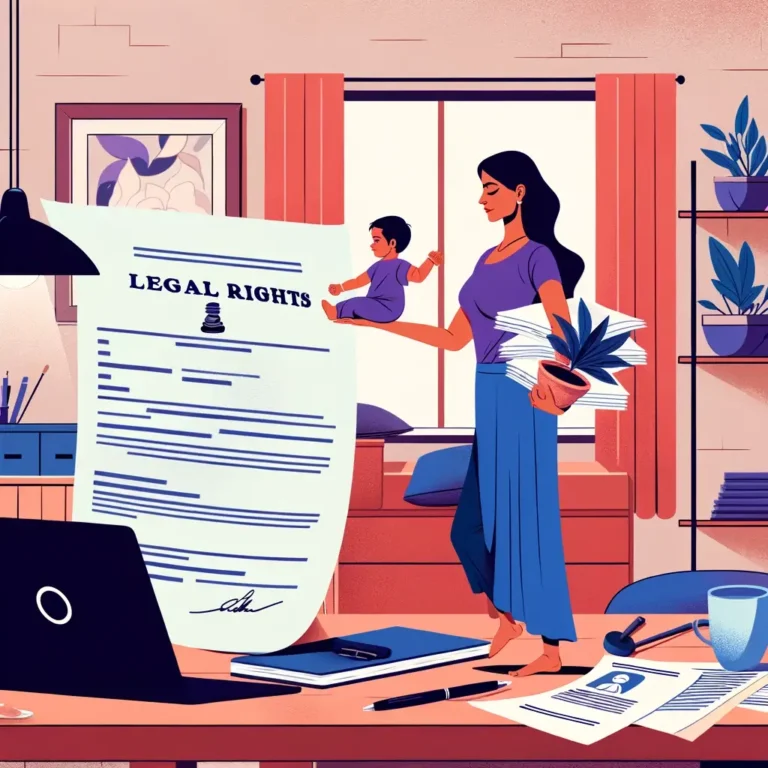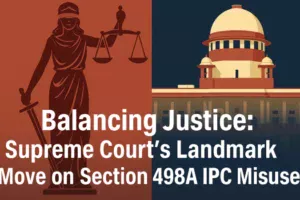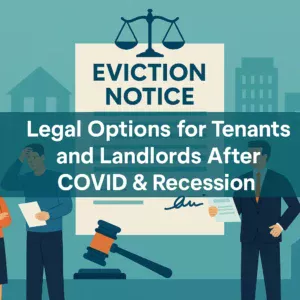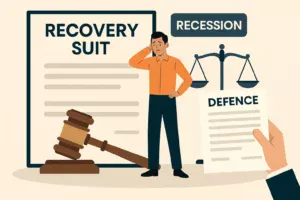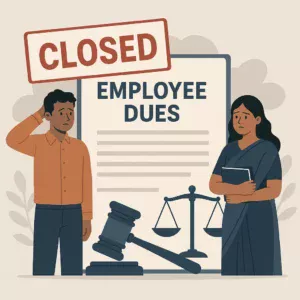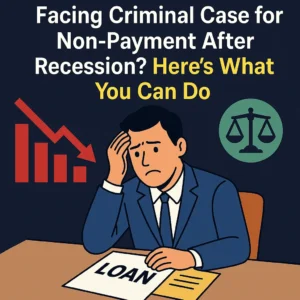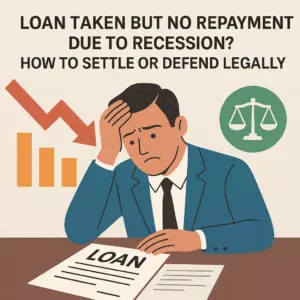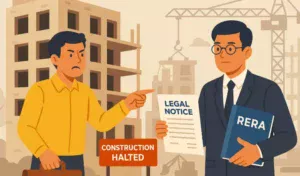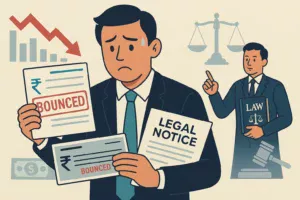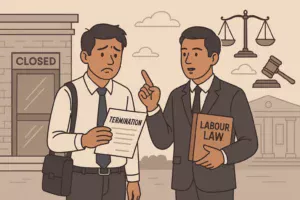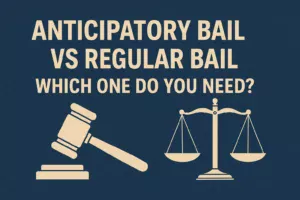This Article is basically A Layman’s Guide to Get Someone Release from Jail
Introduction to the Jail Release Process
Understanding the Basics of Bail and Bonds
The Role of Bail in the Judicial System
Navigating the complexities of the judicial system, especially when it involves the process of release from jail, can be daunting for those unfamiliar with legal procedures. This comprehensive guide aims to demystify the process, providing a layman’s perspective on what to expect and how to handle the situation effectively.
Release from Jail: A Layman’s Guide
1. Arrest and Booking: The Starting Point
Upon arrest, an individual is typically taken to a local law enforcement agency for booking. This process involves recording personal information, taking fingerprints, and possibly a photograph. Understanding this initial step is crucial as it sets the stage for the release process.
2. Bail Hearing: Determining the Financial Terms
A critical step following arrest is the bail hearing. Here, a judge sets the bail amount, which is the financial guarantee required for release. The amount can vary based on the severity of the crime, the individual’s criminal history, and potential flight risk.
3. Posting Bail: The Path to Freedom
Once the bail amount is set, the arrested individual, or someone on their behalf, needs to post bail. This can be done in cash or through a bail bond, which is a form of insurance obtained through a bail bond agent. Understanding the nuances of bail bonds is vital for a smooth release process.
Legal Representation: A Crucial Aspect
The Importance of a Defense Attorney
Having a competent defense attorney is crucial in navigating the jail release process. They can argue for lower bail amounts, ROR, or enrollment in alternative programs. Their expertise can significantly impact the outcome of the bail hearing and subsequent release.
Post-Release Considerations
Adhering to Bail Conditions
Once released, it’s imperative to adhere to all conditions set by the court. This may include no-contact orders, travel restrictions, or regular check-ins. Violating these conditions can result in re-arrest and further legal complications.
Preparing for Trial
Post-release, the focus shifts to preparing for trial. This period should be used wisely to work with legal counsel, gather evidence, and build a strong defense.
Conclusion: Navigating the Path to Freedom
Empowerment through Knowledge and Legal Support
Understanding the jail release process empowers individuals and their families to navigate this challenging time more effectively. With knowledge of the legal system, assistance from qualified attorneys, and adherence to set conditions, the journey from arrest to release can be navigated with confidence and clarity.
FAQs: Release from Jail: A Layman’s Guide
- What is bail?
Bail is a set amount of money that acts as insurance between the court and the person in jail (the defendant). If the defendant can pay the bail amount, they can be released from jail while awaiting trial. - How is bail amount determined?
The bail amount is determined by a judge and can depend on factors like the severity of the crime, the defendant’s past criminal record, and the likelihood of the defendant fleeing. - What is a bail bond?
A bail bond is an agreement by a criminal defendant to appear for trial or pay a sum of money set by the court. The bond is cosigned by a bail bondsman, who charges the defendant a fee in return for guaranteeing the payment. - What happens at a bail hearing?
At a bail hearing, a judge will decide whether to grant bail and at what amount. The judge will consider the defendant’s criminal history, the nature of the charges, and community ties. - Can bail be denied?
Yes, a judge can deny bail if the defendant is considered a flight risk or a threat to the public. - What does ‘released on own recognizance’ mean?
This means the defendant is released without having to pay bail, but they promise in writing to appear for all upcoming court dates. - What are the conditions of bail?
Conditions of bail can include travel restrictions, no-contact orders, and regular check-ins with a court officer. - What happens if you can’t afford bail?
If you can’t afford bail, you might stay in jail until your court date, or you might be able to use the services of a bail bondsman. - How does a bail bondsman work?
A bail bondsman will pay the full amount of the bail in exchange for a non-refundable fee, usually 10-15% of the total bail amount, paid by the defendant. - What is collateral in relation to bail?
Collateral is something of value (like a house or a car) given to the bail bondsman to hold until the defendant appears in court. - What happens if someone skips bail?
If a defendant skips bail, the court can issue a warrant for their arrest, and the bail bond company may hire a bounty hunter to locate and return the defendant to custody. - Can bail money be returned?
Yes, bail money can be returned if the defendant adheres to the conditions of bail and appears for all court dates. - What is a bail forfeiture?
A bail forfeiture occurs when the defendant fails to appear in court, resulting in the loss of the bail money to the court. - What does a co-signer do on a bail bond?
A co-signer is responsible for ensuring the defendant appears in court and may also be responsible for paying the bail bond if the defendant fails to appear. - What is a no-bail hold?
A no-bail hold means the defendant cannot be released from jail on bail due to the severity of the charges or risk factors. - Are bail bond fees refundable?
No, the fee paid to a bail bond agent is non-refundable. - Can bail be paid in cash only?
Bail can usually be paid in cash, but some courts also accept credit cards, checks, or property bonds. - What happens at a bond revocation hearing?
If the defendant violates bail conditions, a bond revocation hearing determines whether the bail will be revoked and the defendant returned to jail. - What is a surety bond?
A surety bond involves a third party (usually a bail bond company) agreeing to be responsible for the debt or obligation of the defendant. - How long after posting bail is someone released?
Release times can vary, but it typically takes a few hours for the jail to process the bail and release the defendant. - Can bail conditions be modified?
Yes, bail conditions can sometimes be modified, usually through a formal request to the court. - What is a bail bondsman’s liability?
The bail bondsman is liable for the full bail amount if the defendant fails to appear in court. - Is a lawyer needed for a bail hearing?
While not mandatory, having a lawyer can be beneficial for arguing for lower bail or more favorable conditions. - What is electronic monitoring in bail conditions?
Electronic monitoring may be required as a condition of bail, where the defendant wears an ankle monitor to track their movements. - Can bail be contested?
Yes, bail amounts and conditions can be contested and appealed in court. - What is a bail schedule?
A bail schedule is a list of bail amounts set for common crimes in a jurisdiction. - Can immigration status affect bail?
Yes, immigration status can impact bail decisions, especially if the defendant is considered a flight risk. - What is a bail bond indemnitor?
An indemnitor is someone who agrees to indemnify the bond, taking financial responsibility if the defendant fails to appear in court. - How do pretrial services influence bail?
Pretrial services evaluate the defendant’s risk and need, and can recommend conditions of release or supervision. - Can minors have different bail procedures?
Yes, bail procedures for minors can differ and are usually handled in juvenile court systems.



